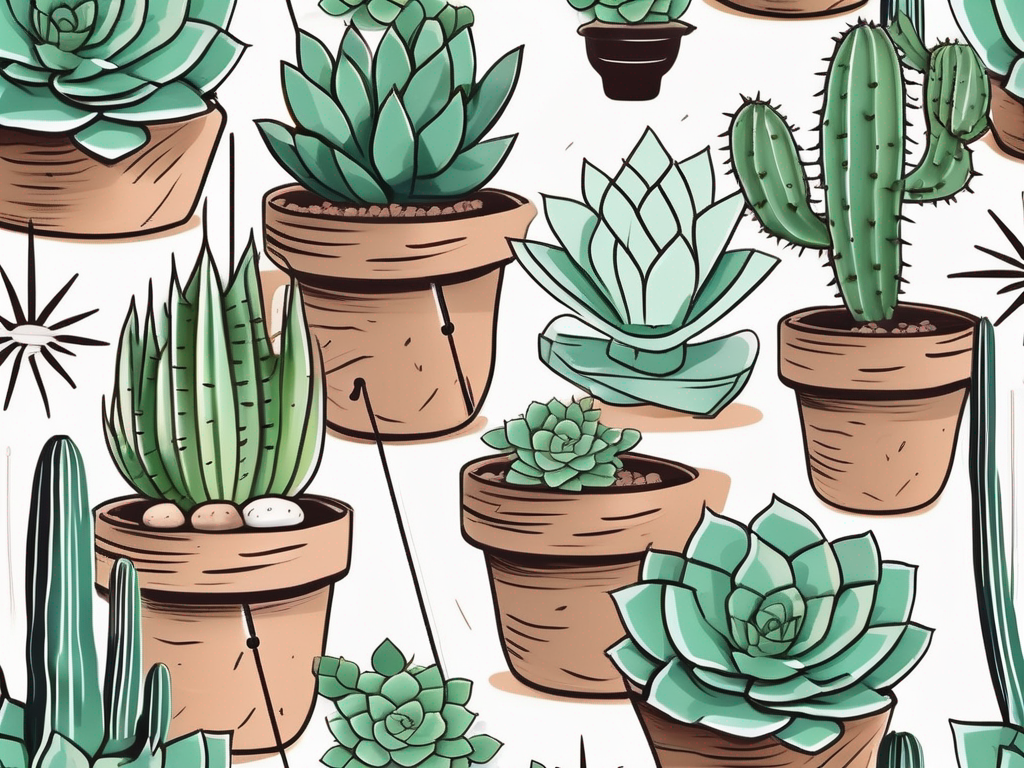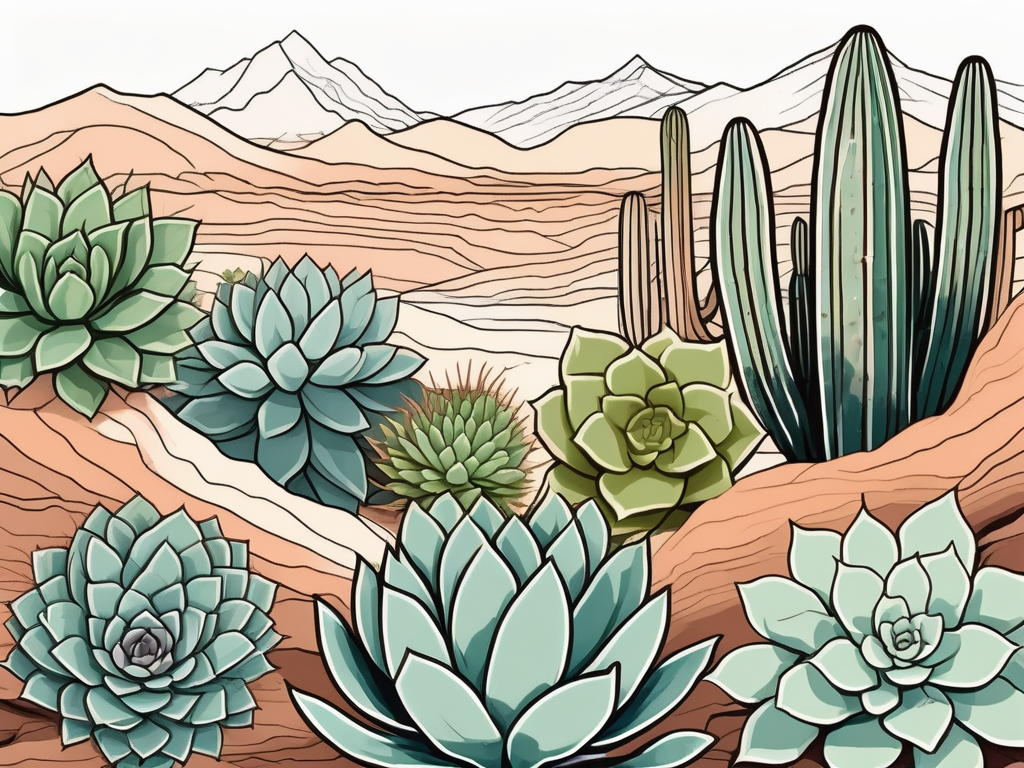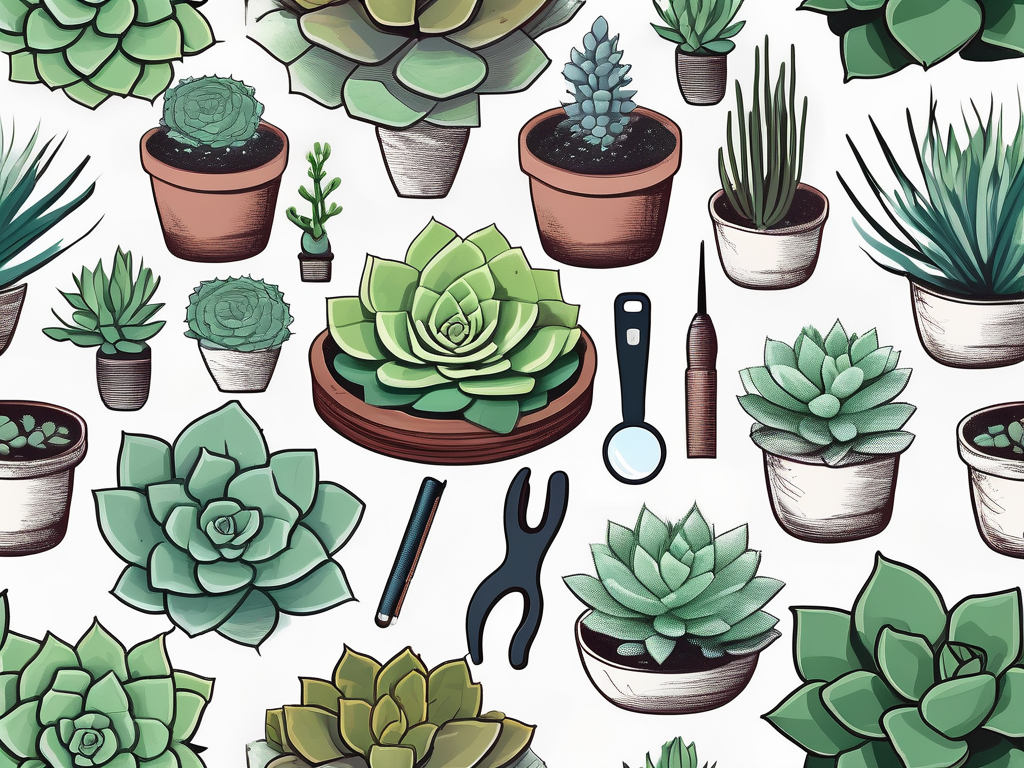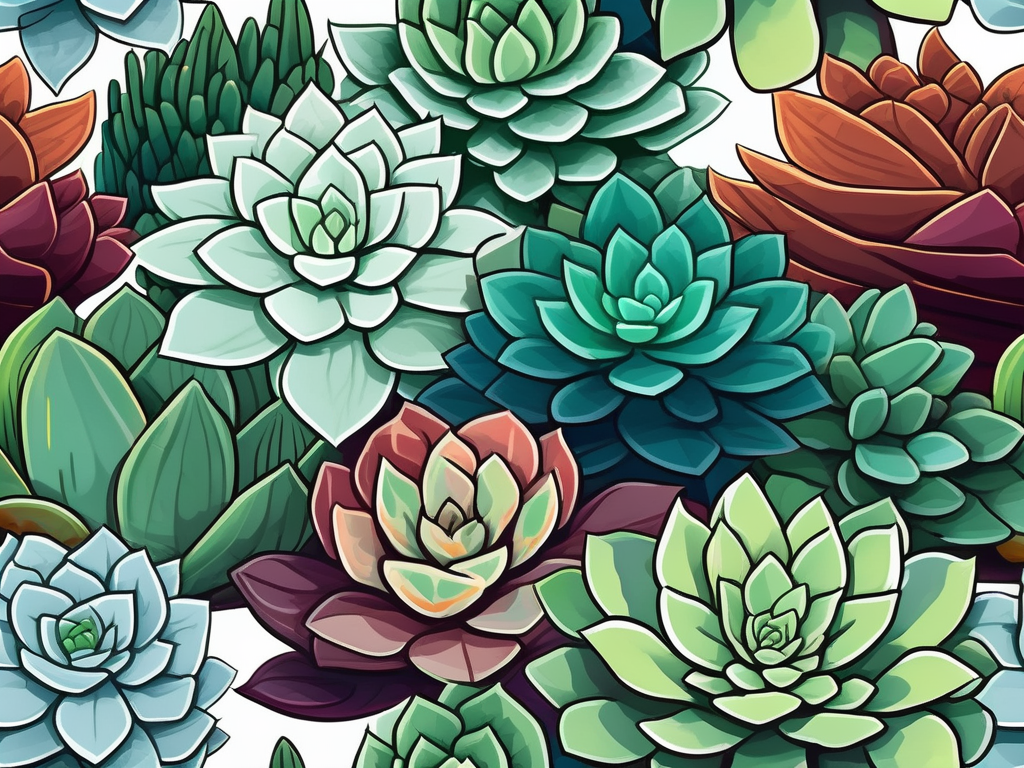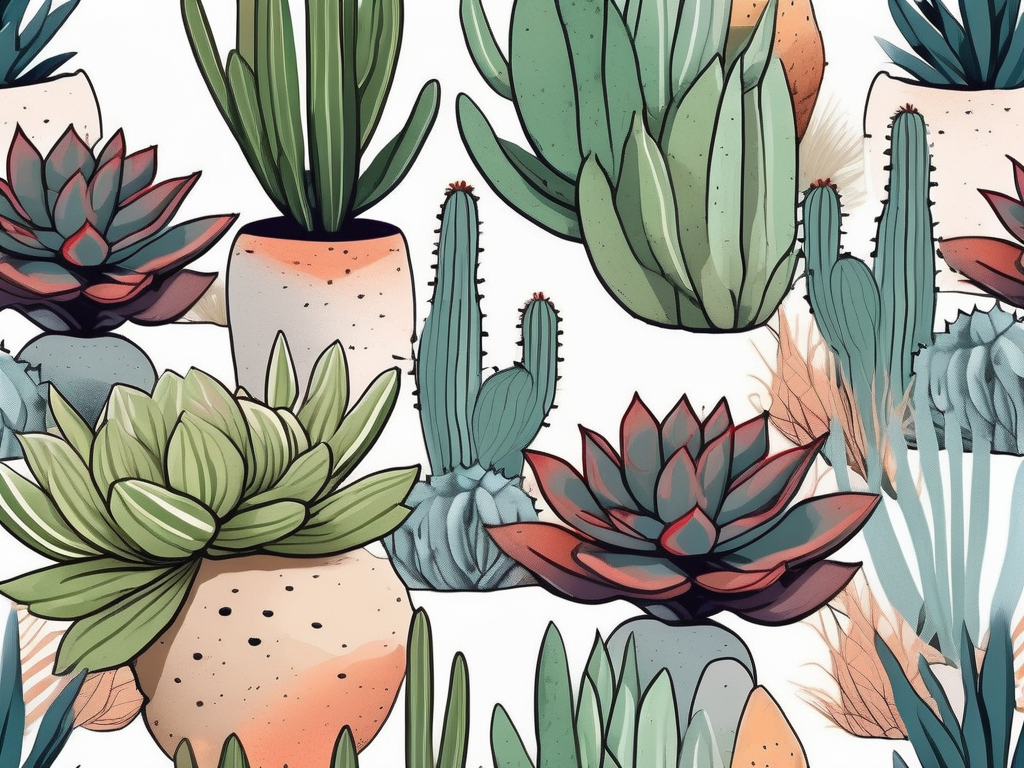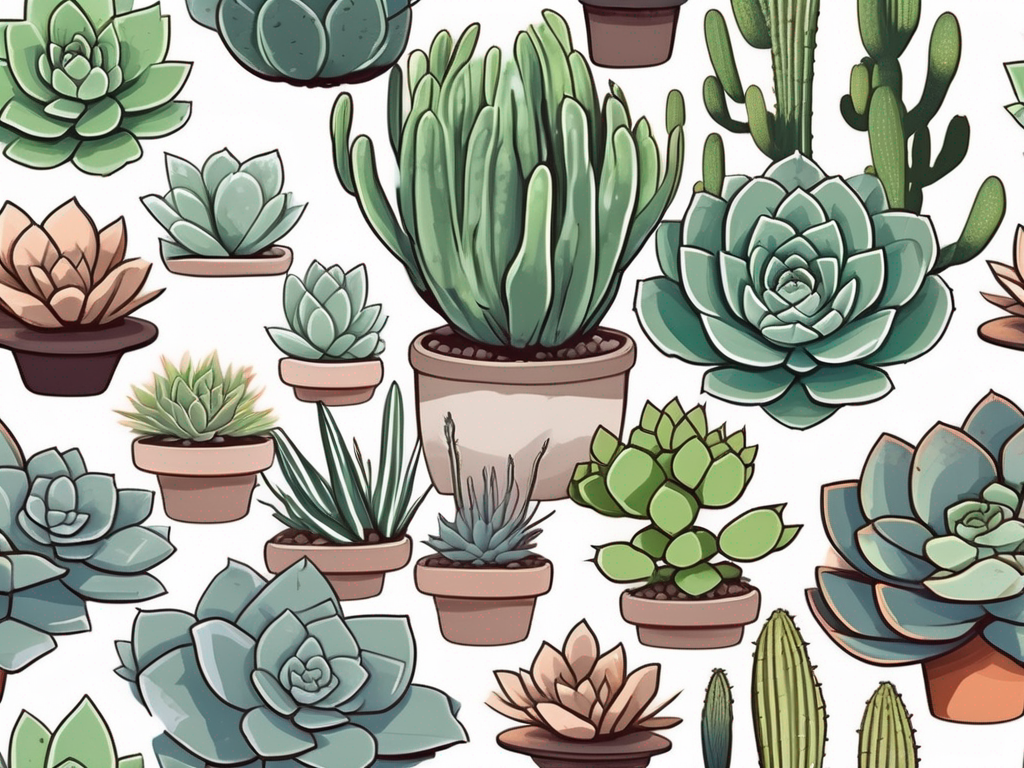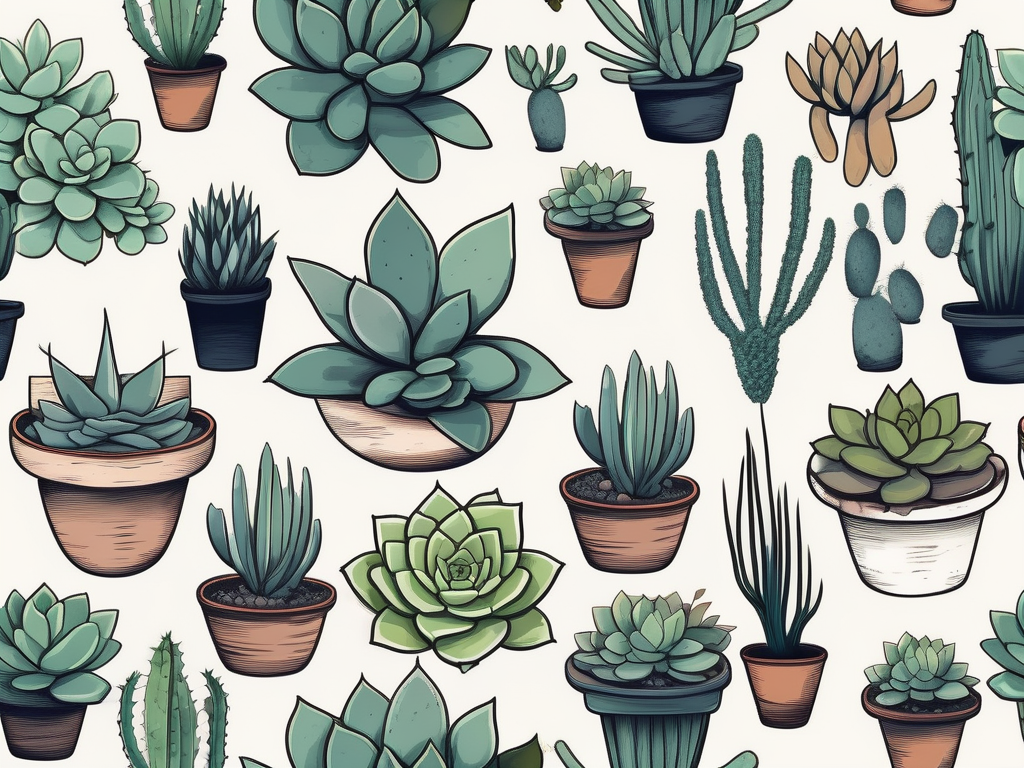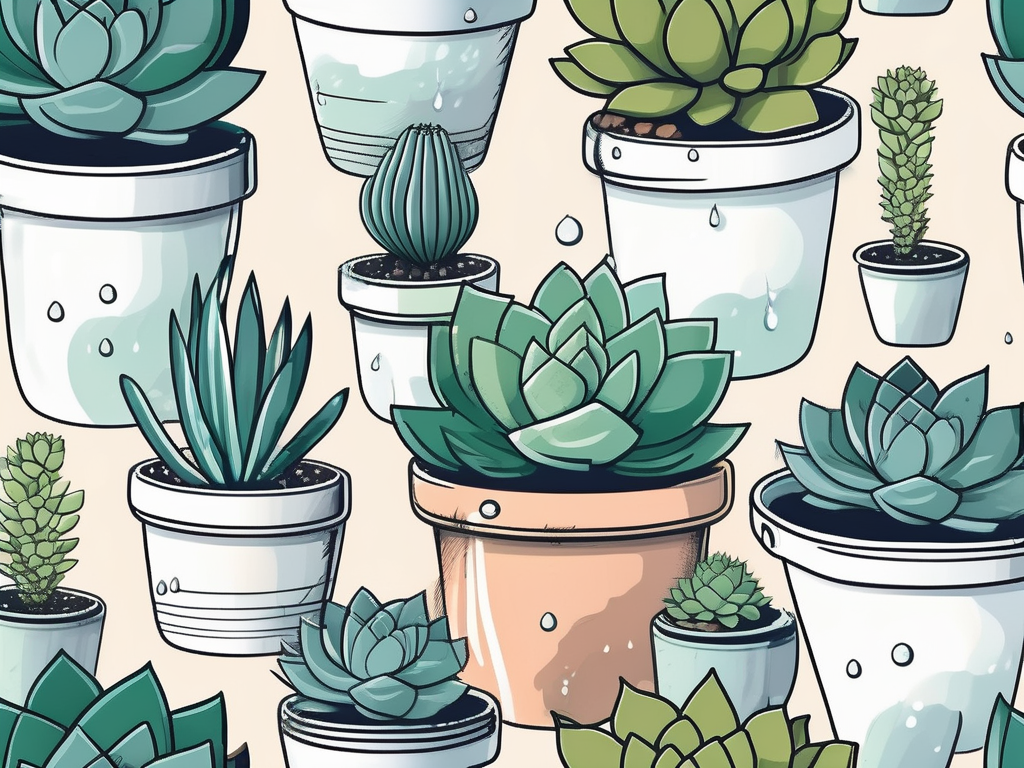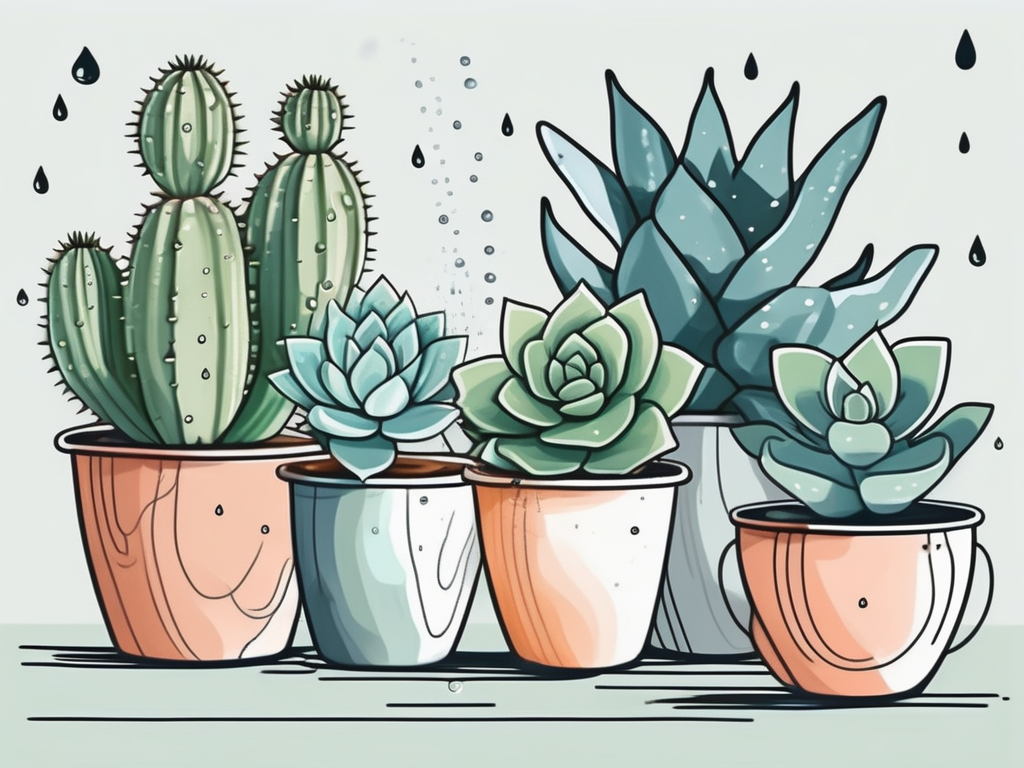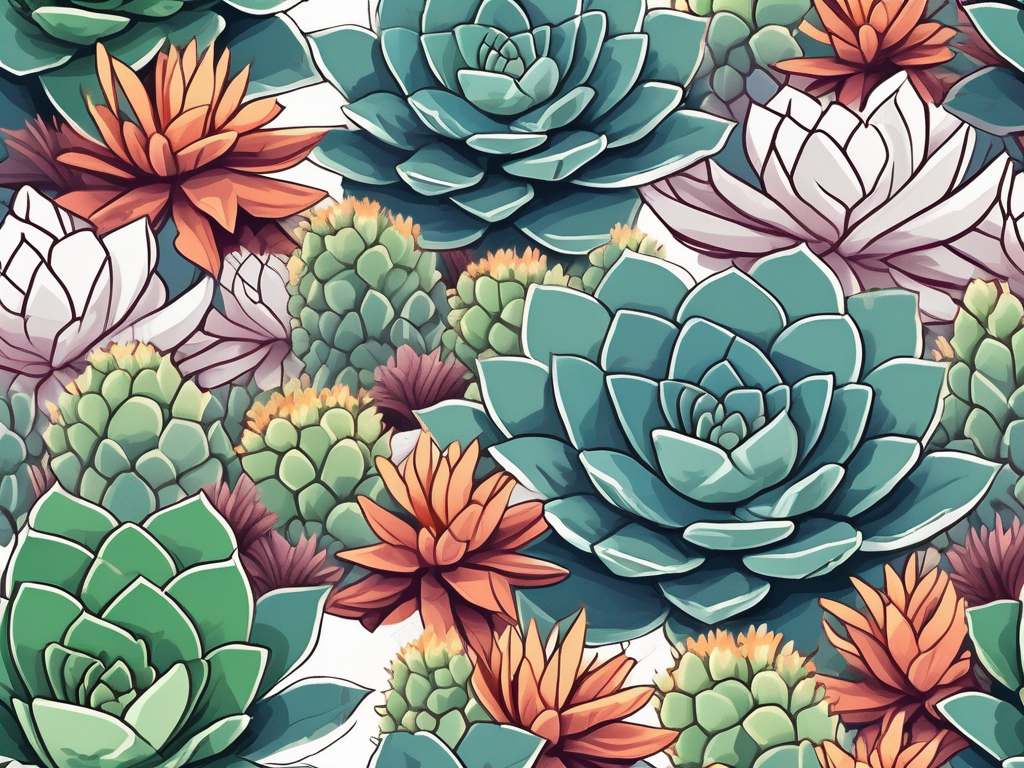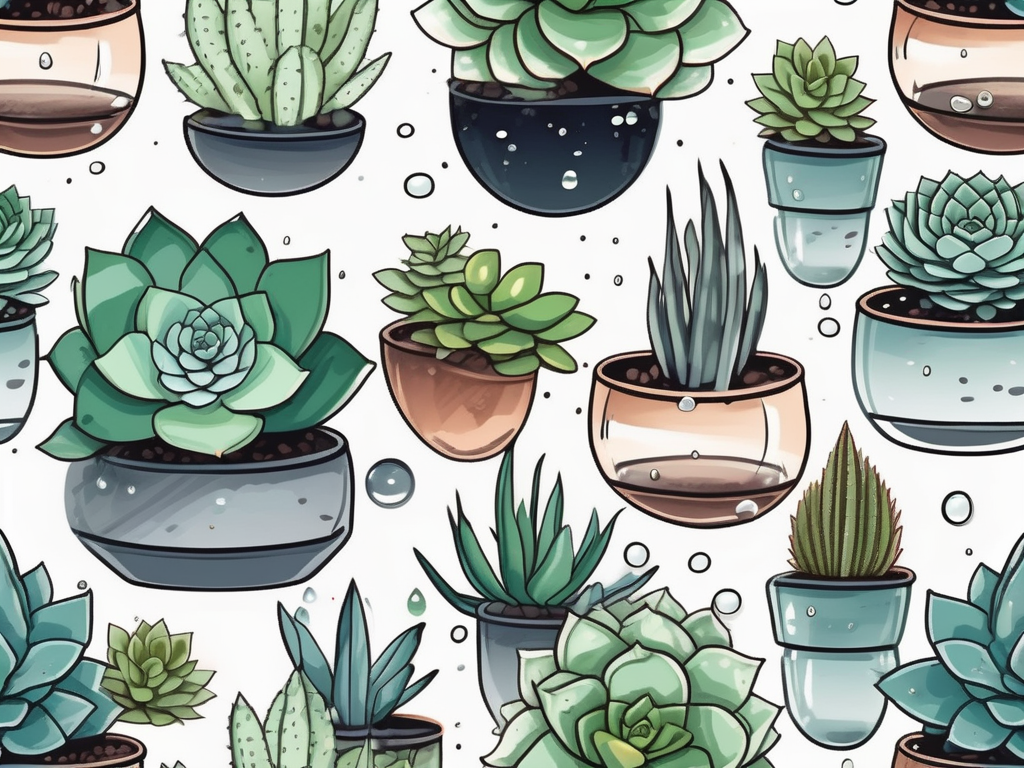
Succulents have become the darling of houseplants, appealing to both seasoned plant parents and beginners alike with their charming shapes and relatively low fuss. However, understanding how humidity affects these hardy little plants is key to keeping them happy and thriving indoors.
In this article, we'll explore the intriguing relationship between succulents and humidity, providing practical advice and tips to help you manage their environment. From the basics of what succulents need to specific strategies for dealing with different humidity levels, this guide aims to equip you with everything you need to cultivate healthy, beautiful succulents in your home.
What Are Succulents?
Let’s start with what makes a plant a succulent. Essentially, succulents are plants that store water in their leaves, stems, or roots. This adaptation allows them to withstand arid conditions, making them particularly popular in dry climates. Their water-storing capability is what gives them their plump, fleshy appearance.
Some popular succulents include:
- Aloe Vera: Known for its medicinal properties, this succulent is easy to care for and thrives on neglect.
- Echeveria: With rosette-shaped leaves, these are perfect for adding a pop of color to any room.
- Jade Plant: Often associated with good luck, it’s a durable plant that can live for decades.
Interestingly enough, succulents come from various families, and they can look remarkably different from one another. Despite their differences, they all share an affinity for dry conditions and a dislike for excessive moisture.
Why Does Humidity Matter?
Humidity is essentially the amount of moisture in the air. It plays a significant role in plant care because it affects how plants breathe and transpire. Succulents, being native to dry regions, are used to low humidity levels. High humidity can lead to excess moisture, which succulents aren't equipped to handle.
When the air is too humid, succulents can struggle to release moisture, leading to waterlogged leaves and roots. This can subsequently cause rot, a common issue that many plant parents face with succulents.
On the flip side, very low humidity can dry out the air, drawing moisture away from the plant. While succulents are adapted to handle dry conditions, extremely low humidity might require some adjustments in their care routine.
Signs Your Succulents Are Affected by Humidity
Keeping an eye on your succulents can help you catch any humidity-related issues early. Here are some signs to watch out for:
- Soft, Mushy Leaves: This is often a sign of overwatering, which can be exacerbated by high humidity.
- Drooping or Wilting: This might indicate that the plant is not getting enough moisture, possibly due to very dry air.
- Discoloration: Yellow or brown leaves can be a sign of stress, often related to incorrect humidity levels.
If you notice any of these signs, it might be time to reassess the humidity in your succulent's environment and make necessary adjustments.
Ideal Humidity Levels for Succulents
Succulents generally prefer a humidity level between 10% and 30%, mimicking their natural arid habitats. However, this doesn't mean they can't survive outside these ranges; they just might not thrive as well.
In a typical home environment, humidity levels can range widely based on the season and climate. For instance, winter can bring about dry indoor air due to heating systems, while summer might increase humidity levels.
To maintain ideal conditions, consider using a hygrometer to measure the humidity in the area where your succulents are placed. This small investment can give you a clearer picture of what adjustments might be necessary.
Managing High Humidity
If you live in a region with high humidity, don’t fret. There are ways to ensure your succulents stay healthy:
- Ventilation: Ensure your succulents are in a well-ventilated area. This can help reduce the moisture in the air around them.
- Avoid Overwatering: With high humidity, succulents need less water because they lose moisture more slowly. Err on the side of caution when watering.
- Use Well-Draining Soil: Soil that drains quickly will prevent water from sitting around the roots, which is crucial in humid conditions.
- Consider a Dehumidifier: If you find the humidity is persistently high, a dehumidifier might help create a more suitable environment for your plants.
These strategies can go a long way in preventing the dreaded rot that can occur in such conditions.
Dealing with Low Humidity
On the other hand, if you find your succulents are in an environment with very low humidity, you might notice they need a bit more attention. Here’s what you can do:
- Water Wisely: While succulents don’t need a lot of water, they might need slightly more frequent watering in dry conditions.
- Group Your Plants: Planting succulents together can slightly increase the humidity around them due to collective transpiration.
- Use a Humidity Tray: Placing a tray filled with water and pebbles under your succulents can increase humidity slightly.
Remember, succulents are more tolerant of low humidity than high, so it’s usually better to err on the side of too dry rather than too moist.
Choosing the Right Succulents for Your Environment
Not all succulents are created equal when it comes to humidity tolerance. Some, like the Haworthia and Gasteria, are more forgiving when it comes to higher humidity. If you live in a particularly humid area, consider choosing these types.
Conversely, succulents like the Crassula family, which includes the jade plant, prefer drier conditions and might struggle in high humidity.
When selecting succulents, think about your local climate and home environment. It’s always a good idea to research the specific needs of each plant to ensure it’s a good fit.
Creating a Succulent-Friendly Environment
If you’re committed to having succulents thrive in your home, creating the right environment is crucial. Here are some tips to help:
- Light: Most succulents love bright, indirect sunlight. Ensure they’re getting enough light to help them thrive.
- Temperature: While succulents can handle a range of temperatures, they generally prefer it to be on the warmer side.
- Airflow: Good airflow can help manage humidity and prevent diseases. Consider a fan if natural airflow is limited.
By focusing on these elements, you’ll create a more favorable environment for your succulents to flourish.
Common Mistakes and How to Avoid Them
Even experienced plant parents can make mistakes with succulents. Here are a few common pitfalls related to humidity and how to sidestep them:
- Overwatering: The number one mistake. Always let the soil dry out completely between waterings.
- Poor Drainage: Ensure your pots have drainage holes to prevent water from accumulating.
- Ignoring Environmental Changes: Be mindful of seasonal changes that might affect humidity and light levels, adjusting your care routine accordingly.
By avoiding these mistakes, you’ll be well on your way to maintaining a healthy succulent collection.
Final Thoughts
Caring for succulents might seem daunting at first, but once you understand their needs, it becomes a rewarding experience. The key is balancing their water needs with the humidity levels in your home.
At Cafe Planta, we’re passionate about helping plant lovers succeed. Whether you need advice, a new addition to your collection, or some stylish plant apparel, we’ve got you covered. Reach out to us via email or Instagram; we’re always here to help you on your plant journey.














